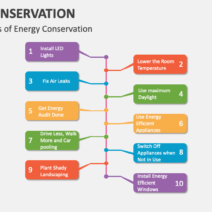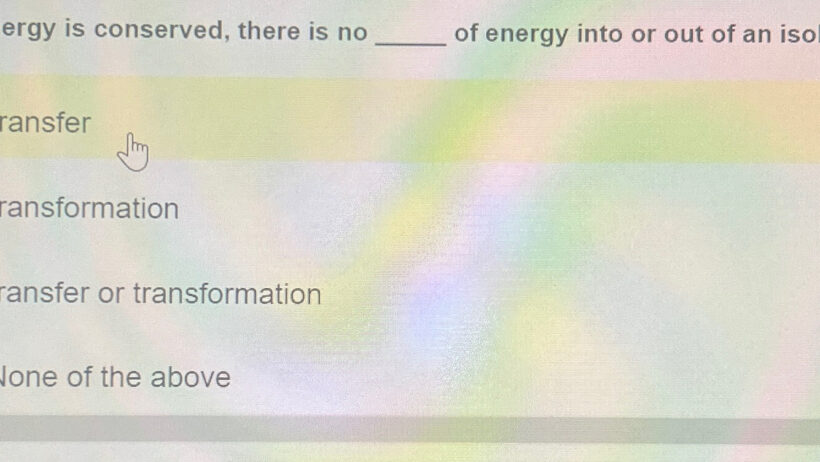Energy conservation is a fundamental principle that governs the behavior of electrons and their movement. When we delve into the microscopic realm, the intricate dynamics of electron transfer reveal a fascinating interplay of energy forms and mechanisms. Understanding how energy is conserved during the movement of electrons can shed light on various phenomena, from electrical conductivity to the functioning of batteries and even the intricate processes within living cells.
1. The Basics of Electron Movement
Electrons, being charged particles, are inherent to all matters and play a pivotal role in the storage and transfer of energy within atoms and molecules. In conductive materials, electrons move freely, transferring energy through collisions and interactions with atoms. This motion can be visualized as a river, where the flow of water symbolizes the flow of electrons. In this context, the conservation of energy is crucial, ensuring that the total energy remains constant even as it transitions between forms.
2. Kinetic and Potential Energy
At its core, energy exists in various forms, primarily kinetic and potential energy. When electrons move through a conductor, they possess kinetic energy, attributed to their velocity. Conversely, electrons also have potential energy, dictated by their position within an electric field. As they traverse between energy levels or orbitals in an atom, the conservation principle holds. The energy lost by an electron as it drops to a lower energy state corresponds to the energy gained by another electron that is elevated to a higher state.
3. Ohmic Materials and Resistance
In electrically conductive materials, Ohm’s law describes the relationship between voltage, current, and resistance. When electrons pass through a resistor, their energy dissipates mainly as heat, largely due to collisions with lattice ions. This phenomenon exemplifies the law of conservation of energy, as the electronic energy is transformed rather than lost. Thus, the apparent loss of energy during conduction is merely a transition of energy from one form to another, adhering to the conservation laws.
4. Semi-Conductors and the Band Gap
Semi-conductors, such as silicon, present a unique case for energy conservation. They possess a band gap, an energy range where no electron states exist. When external energy is supplied, such as heat or light, electrons can overcome this band gap, transitioning from the valence band to the conduction band. The energy input corresponds to the energy needed to facilitate this transition, illustrating energy conservation in practice. Understanding these transitions is pivotal, as it forms the basis for numerous electronic devices.
5. Nernst Equation and Electrochemistry
In electrochemical systems like batteries, the Nernst equation elucidates the relationships between concentration, potential difference, and temperature. As electrons move from anode to cathode through a circuit, energy is conserved via electrochemical reactions. The electrons transfer energy, maintaining a balance between chemical potential energy and electrical energy. This exchange is essential for the functionality of batteries and is a prime example of conserved energy in real-world applications.
6. Photosynthesis: Energy Conservation in Nature
A striking illustration of energy conservation can be seen in biological systems, particularly photosynthesis. Plants harness solar energy to convert carbon dioxide and water into glucose and oxygen. In this process, electrons excited by sunlight transition through various chlorophyll molecules. The energy transfer among these electrons is carefully orchestrated, demonstrating how conservation principles operate at a biochemical level. This transmutation of energy is vital for life on Earth, as it maintains the energy balance within ecosystems.
7. Quantum Mechanics and Wave-Particle Duality
The behavior of electrons also embodies principles of quantum mechanics, wherein electrons display characteristics of both particles and waves. The conservation of energy manifests during quantum transitions, enabling electrons to exist at discrete energy levels. When an electron transitions between levels, it either absorbs or releases a quantized amount of energy, adhering to the conservation law. This understanding is pivotal for developing quantum technologies and exploring aspects of energy conservation on the subatomic scale.
8. Energy Transfer in Wireless Technology
In the realm of wireless technology, energy transfer through electrons plays a crucial role. Electromagnetic waves, produced by changes in electron energy states, propagate through space and enable communication. The transfer of energy in this context showcases conservation principles, as the electromagnetic radiation carries energy that can be harnessed, albeit through myriad transformations from electrical energy to light and back to electrical energy in devices such as antennas and receivers.
9. Implications for Sustainable Energy Solutions
Grasping the nuances of energy conservation in electron movement is increasingly relevant as society seeks sustainable energy solutions. Innovative technologies targeting energy efficiency, such as advanced batteries, fuel cells, and solar cells, rely on a solid understanding of energy transfer mechanisms. The knowledge derived from studying electron dynamics informs the creation of devices that optimize energy use, thus contributing to a more sustainable future.
10. Conclusion
The movement of electrons is remarkable not only for its role in electricity and electronics but also for its embodiment of essential principles in physics and chemistry. The conservation of energy underscores every electronic transaction, from microscopic cellular functions to macro-level technological innovations. By appreciating the intricate pathways of energy as it flows and transforms, we can harness this knowledge to foster advancements in sustainable energy and address pressing environmental concerns. Understanding the invisible yet powerful transfer of energy in electron movement is not merely an academic pursuit but a crucial endeavor for the future of our planet.






